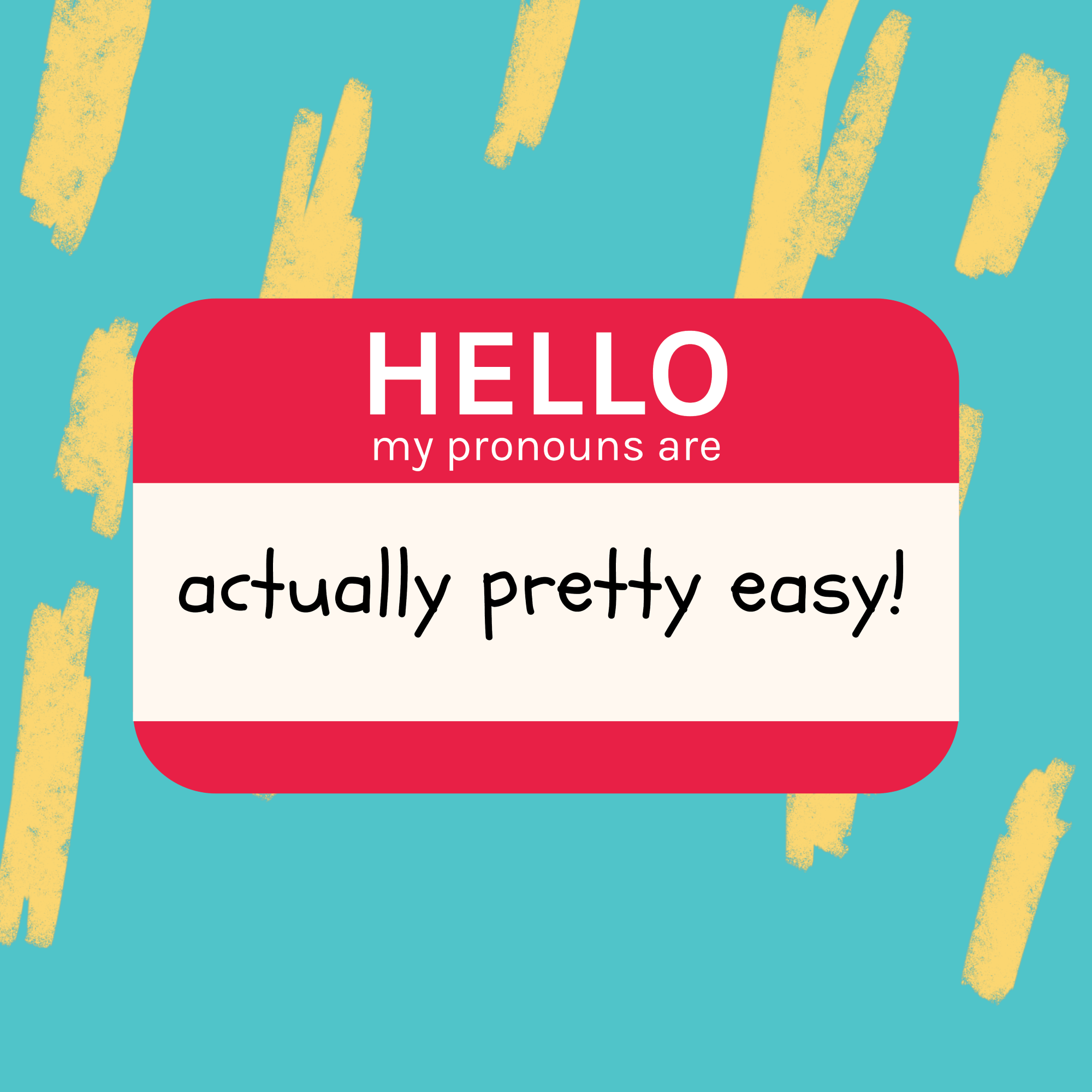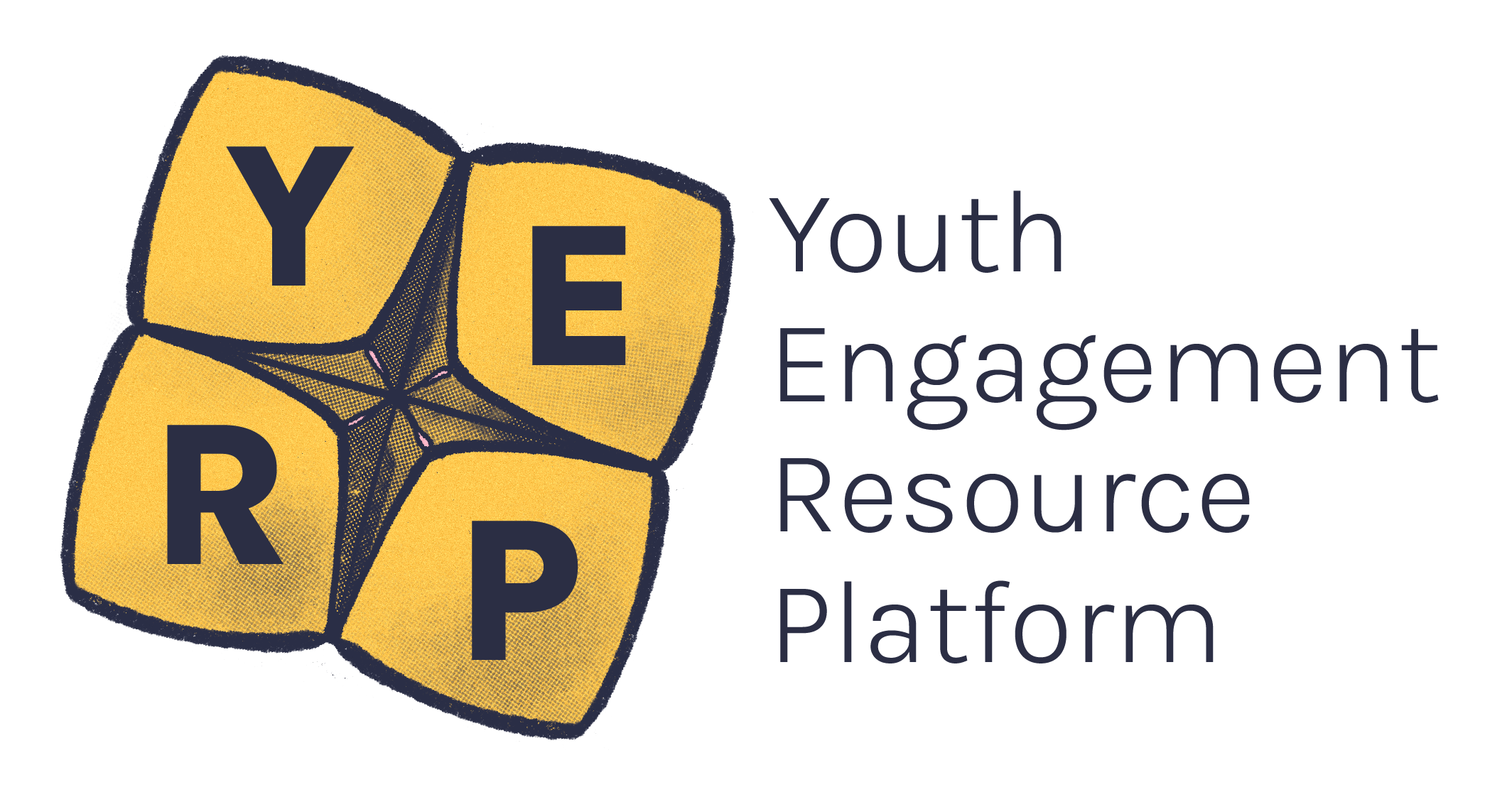In our work, we spend a lot of time with, and talking about, people of a range of genders—but, after social isolation and working from home, a lot of our good habits have disappeared, and more misgendering has occurred. Because of that, I’ve assembled some techniques and processes to help make workplaces more comfortable for trans and gender diverse employees when we return to our physical offices.
(If you need a quick reminder of what pronouns are, check out this Minus18 article. If you want further tips on being an ally in the workplace, Transhub has a guide for employers here, and for colleagues here).
We’re all here? Great, let’s start with a pronoun round!
We should always be doing a pronoun round in whenever a new person is in the room. No government official or business connection is too important to escape a pronoun round. Whenever an introduction is taking place, pronouns are as important as somebody’s name and organisation and what country they’re working on. Good phrasing would be something like “Introduce yourself with your name, and your pronouns if you feel comfortable.”
‘If you feel comfortable’ is not to provide leeway for cisgender people uncomfortable with the concept of being asked their pronouns. Instead, ‘if you’re comfortable’ provides protection for trans and gender diverse people (or people questioning and investigating their gender identity) who would not be safe outing themselves as trans in that setting.
When you introduce yourself or another person, avoid phrasings like “Name identifies as (gender)” or “Name’s preferred pronouns are (pronouns).” Think about the difference in tone between saying ‘this is Susan, who is a woman’ and ‘this is Susan, who identifies as a woman’. Likewise, saying ‘preferred pronouns’ invites people to consider what pronouns they’d prefer to use for the person being introduced. Just say something like “I’m Name, and I use (pronouns).” It doesn’t need to be formal as long as it isn’t alienating. I often say “I’m Briar, and I’m a they/them.” If a pronoun round isn’t suitable, you can say something like “I use (pronouns), what do you use?” or “I saw you use (pronouns) now, is that correct?”
It’s normal to ask pronouns; don’t get in your head about it being weird! Checking pronouns is as boring and essential as checking somebody’s postcode before you mail them a parcel. A good way to normalise this is to add your pronouns to your email signature.
Now the introductions have taken place, we have work to do
Misgendering happens because sometimes, people’s pronouns are tied to how we talk about them, not how we think about them. This means we get it right some of the time, but not when we’re speaking fast, or when we’re distracted. When we change the way we think about somebody, we no longer need to consciously monitor our language to get it right. When you’ve got the knack of it, getting pronouns right (and changing them over) is super easy. Here’s how to make that change:
-
Correct your colleagues! Even if the person isn’t in the room, we should be standing up for each of our colleagues and correcting them with the correct pronouns for that person. It should be done with the same urgency we’d use to correct somebody who said a meeting was at 9pm instead of 9am—we don’t want anybody going away with the wrong information. If you notice the wrong pronoun being used, it’s your job to say something. In a room full of allies, it isn’t the job of the person being misgendered to do the correcting.
-
Pick a toy, a houseplant, or a pet, and give them new pronouns to practice with. So, your peace lily uses they/them/theirs pronouns now? Practice thinking about them by using the right pronouns: “they look a little droopy. When did I last water them? I’m excited to see what their flowers look like when the spring comes.” Keep doing this until it becomes something you don’t consciously have to think about, and it’ll be a lot more natural for your colleagues.
-
Every time you misgender somebody in your head when you’re thinking about them, get into the habit of using the right pronouns by complimenting them three times with those pronouns. If you need to practice using she pronouns, that might look like ‘Wait, Name uses she pronouns now. She is a great public speaker. I love getting coffee with her. She wears really great jumpers.’ Often when we misgender somebody, we mentally punish ourselves but don’t do anything beyond that. Negative reinforcement doesn’t help build new habits!
-
Stage a conversation with somebody you know and correct each other until it becomes second nature. My friend did this with her mum when I changed my name and pronouns: they would talk in the kitchen about me, and remind each other what the correct name and pronouns were, until they got the hang of it. By having that correction process away from where I’d hear their mistakes, I was never exposed to them messing up.
-
Avoid defaulting to just using the name, or using they/them pronouns, for people who use she/her or he/him pronouns. For people who have made their binary pronouns clear, whether they’re trans or not, neutral pronouns are still misgendering. Additionally, if you avoid using someone’s pronouns by just using that person’s name, you delay the learning and rewiring process that’s so important to getting it right.
-
Don’t punish people for their pronouns. Don’t tell people that getting their pronouns right is hard, or respond to a person coming out with ‘I’ll probably screw this up’—it’s not their fault you’re learning! If you do make a mistake, say ‘sorry, I meant (correct pronoun)’ and move on as quickly as possible. The longer your apology, the more alienating it becomes for the person who was misgendered. Don’t make somebody stand around for five minutes while you insist that you’re sorry, you’re usually really good at this, but actually it’s their fault for not looking trans enough (this is not hyperbole: this has actually happened to me in a previous workplace).
-
Don’t misgender people you don’t like as a punishment—even the worst person alive deserves the right pronouns. Only using the correct pronouns for the people you like indicates to trans and gender diverse people around you that use of the correct pronouns is a treat that you only offer to trans people who you decide are ‘behaving’. We don’t withhold food and water from prisoners, we don’t misgender people we don’t like—you know, Geneva Convention stuff.
“Usually it’s she/her, but right now, I’m trying out he/him.”
When you have created a safe workplace, people might test out new pronouns. A big part of socially transitioning for a lot of people is a stage where they will be using new pronouns in certain places or with certain people. For some people, this means being out to their workmates but not their family, or out to their team but not their department. If this is the case, make sure you check what pronouns they’re using in other settings before you gender them to somebody who might not be in that safe category. It can be uncomfortable to know you’re misgendering somebody in some settings, but that doesn’t mean you should hassle them to come out to everyone sooner, or take matters into your own hands and out them yourself. It’s about their safety and comfort, not your own.
Multiple pronouns aren’t an excuse to relax!
Some people use multiple pronouns. Sometimes this means using nonbinary pronouns alongside binary pronouns, or using a mix of multiple pronouns (like ‘they/he’ or ‘she/they’, or ‘she/he/her/his’, or ‘they/them, or xe/zir’). Sometimes this is a temporary stage as that person determines what fits best, but often it’s just what suits that person long term. When somebody has made it clear they use multiple pronouns (never assume this of somebody based on what other people call them), make sure you mix it up. Don’t just use whatever pronouns are ‘easiest to remember’ or whatever seems to align more with their gender presentation or their gender assigned at birth. This indicates that you see the whole of that person!
The co-worker formerly known as...
If you knew somebody pre-transition, or before they started using their current pronouns, take those secrets to your grave. Having known somebody for a long time, or knowing their old pronouns or previous name (many people call this a deadname), is not permission to share these things with other people, no matter how ‘obvious’ it is that the person is trans, or how safe you assume the third party might be. Outing somebody without their permission can put them at risk—either physical risk, or at risk of losing access to employment/housing/medical care.
If there’s paperwork or a legal process that might be affected by somebody’s gender at birth, or difference between their name and their legal name, then saying something like “their legal name is something different to what they regularly use” should be sufficient, at least before you’ve talked to the person in question about it.
Not only will these tips help out your colleagues, they’ll also help you in your daily interactions, and with trans people in your friend groups and families. Getting pronouns consistently right is the difference between a survivable workplace, and an accessible and inclusive workplace.
Now you’ve made it to the end of this guide, I’m offering you a special gift: my favourite pronoun joke.
Why did the nonbinary person become a prospector?
There was gold in them/their hills.
Briar Rolfe is the Rainbow Projects and Communications Officer at YACVic.




